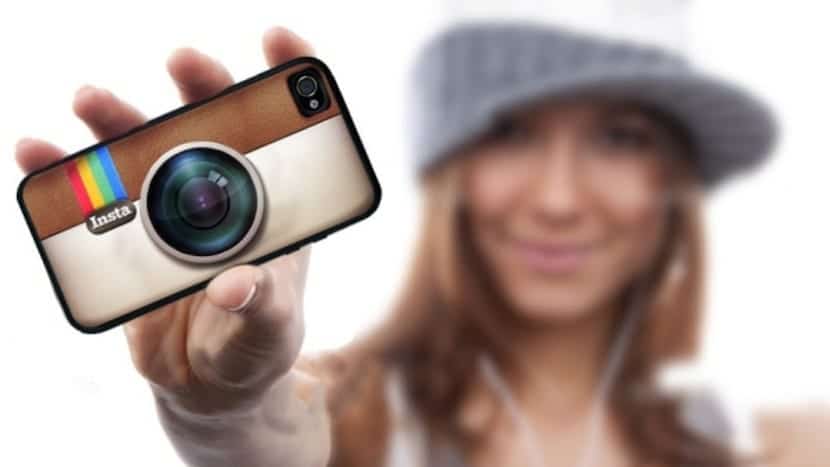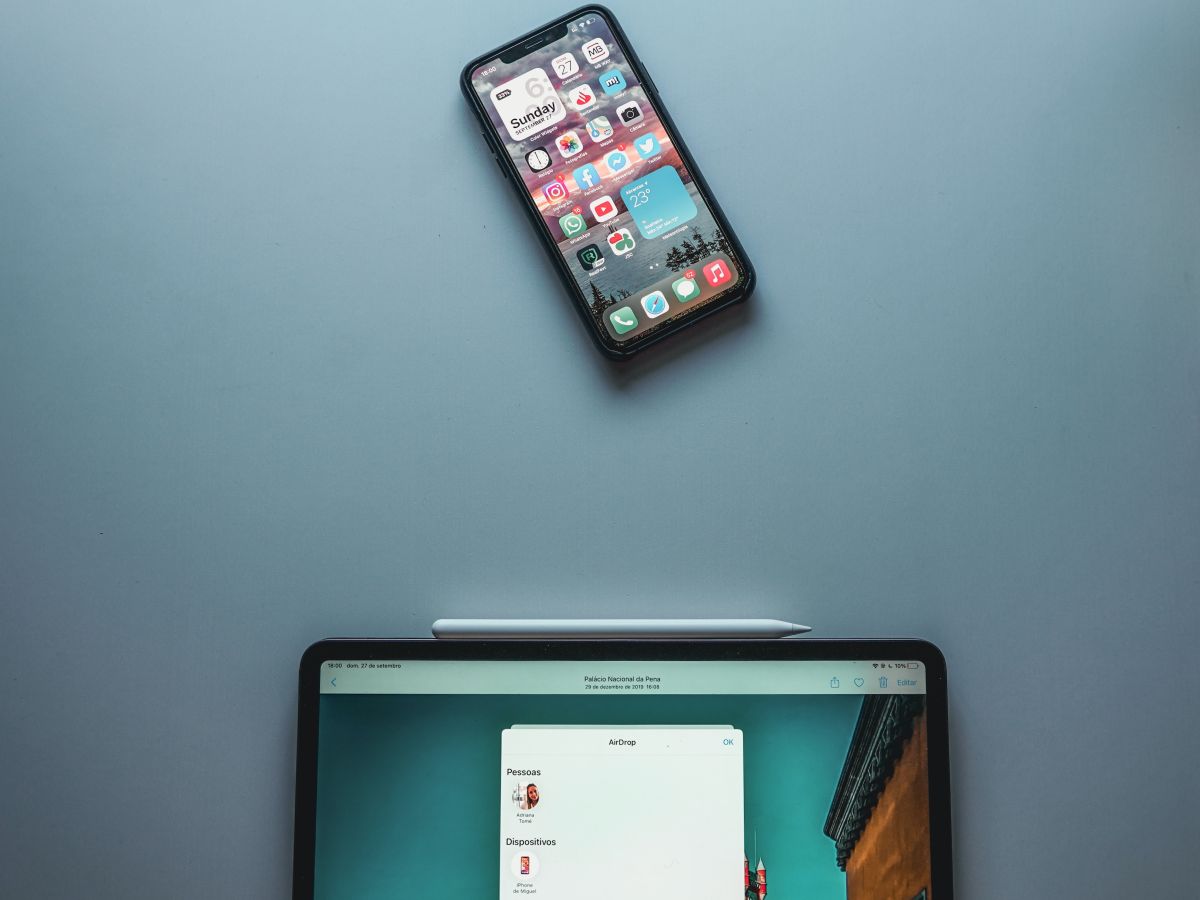
We have talked on other occasions about the unstoppable rise of the image in our social life, the accessibility to a terminal whose camera offers good results and the possibility of applying filters and effects makes us more sure of our abilities after the objective.
Personally, I don't think that our iPhone's camera can replace my Canon, but it has taken great photos of me and has become an essential resource.
The first thing we have to understand is that not everything can be fixed with a filter or an effect, mainly because its function is not to fix but to improve, and there are images that are directly disposable, therefore having a good photo is essential. I summarize some of the most common situations where having advice can help you get this good image from which to start.
Sunsets and bright windows
This is the characteristic that backlight photos have, we want to take someone in front of a sunset or window that is very bright and, therefore, our model is in darkness. When photographing a portrait against the light, use the flash of your iPhone to illuminate the subject. Since the camera takes the exposure levels from the background, the subtraction should be nice. Alternatively, you can use the HDR mode of the iPhone to flesh out the shadows.
Landscapes
To take landscapes we need to use a large angle that allows everything to fit inside us, the problem is that when we use a wide angle the distances are stretched and the details of the image are made smaller, with which we are left with a bland image that it does not provide us with any point of care.
Therefore I do not recommend the use of additional lensesSimply play with what you have, look for something suggestive in the foreground, medium and background that can be unified in an image and that, giving it the life of depth of field, offer us your view of the landscape. If a scene is simply too big to fit in a photo, go for the detailsZoom in and capture just a small view, or find a detail that is evocative of the entire landscape.
Moving
Capturing moving objects, such as athletes or children, can seem impossible when using an iPhone. Because of the time it takes to frame the shot and hit the shutter button, you've already missed the action. If you are close to the action, Turn on the flash to help you freeze the action. One trick when shooting action photos is to focus on the area in which the action is expected to occurThis anticipation can be difficult and only gets better with practice.
To complicate this process we cannot forget the problem of shutter lag. To combat it, try stabilize the camera Supporting it on any surface, help yourself by using the volume up button on the BT headphones to take the photo without moving the camera. This is a great opportunity to use the burst mode, press and hold the shutter button to take a series of consecutive photos.
Night scenes
To take night photographs, stabilize the camera using a tripod or support, use an external trigger or a voice control app to give the shooting command and another to set a timer. In this case, it only remains to wish you luck and maybe you can take a picture. This is when you have to remember that it is a smartphone camera and not a DSLR camera.
Kids
The best way to photograph children is get down to their level. Once you are at the same height you can take the best photos of children that we can get.
Group photos
The iPhone 5s can recognize faces in a photo and adjust the focus and exposure accordingly. When you want to photograph the whole family and not in execution mode, everyone against the wall, look for a more natural composition. Mixing postures, such as sitting and standing, can be a good option. Not everyone has to be on the same plane. For example, putting your friends in lines towards the camera can give an interesting effect.
Outdoor portraits
Strong midday light can cast strong shadows on a person's face and can create dark circles around the eyes. It also tends to bounce off a person's skin and accentuate bright spots. The iPhone's HDR setting can minimize both ill effects and create a more evenly lit portrait.
To take a usable backlit portrait, first touch the screen and focus on the darkest part of the person's face. The background at this point will look very dull, so after taking this shot, the final photo of HDR will match the correct exposure the subject with a slightly attenuated background.
You can also avoid the problem of backlighting by activating the flash, as long as the subject is within reach. The camera will do its best to expose correctly and in accordance with the background.
Animals
Animals do not pay attention to cameras when there is no human behind them. If you want to catch them red-handed, use the voice control of the BT headphones and position your iPhone out of your reach, preferably in the same action plane of the animals to be photographed. If you want to take more than one photo remember turn off the sounds and so they will not find out that you are photographing them.
Remember prepare your iPhone framing and adjust the exposure before taking pictures.
Events
When you are photographing a BBC or any meeting, congress, etc. It is important that take a lot of photos to increase the chances of getting that perfect image.
These events usually take place in low light conditions. The ambient lighting is what defines a party atmosphere, but for taking photos it is killer, also when, due to this poor lighting, we try to improve the lighting with the flash, everything seems to have happened in a tunnel.
El flash only reaches about two meters, everything else is black, we can try HDR mode, but it is best to try different combinations of backgrounds and lights (looking for the best angle for the image) and take many shots to maximize the probability of a good image.
Behind the glass
Whether it is an exotic landscape seen from the airplane window or a shark in an aquarium, many of the world's most interesting subjects are on the other side of the glass. The key is eliminate reflections of the different light sources on the glass, turn off the flash and place the back of the phone as close to the glass as possible. This transforms the glass into another lens filter.
Una exception The rule of thumb is if you are photographing from a helicopter. To minimize the effect of rotor vibration, you should not place the device against the window. Instead, hold the iPhone close to but not touching the glass to take the photo.
